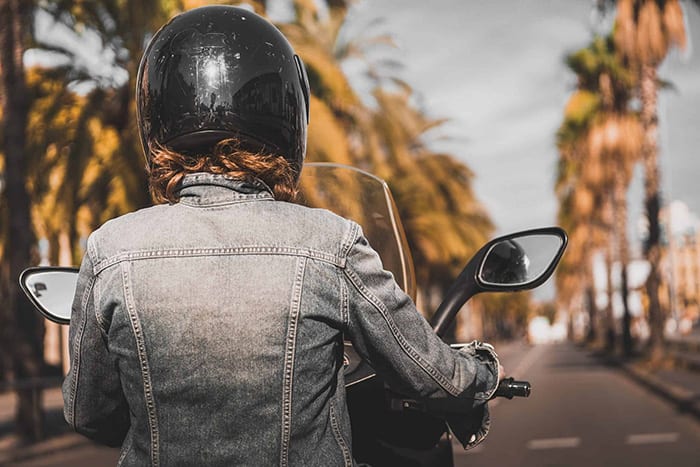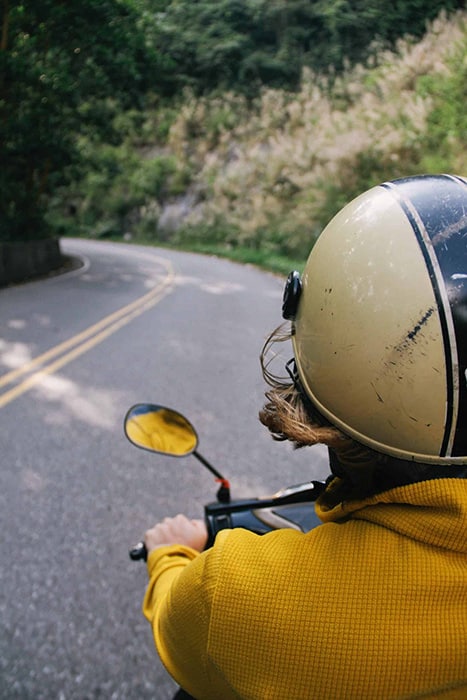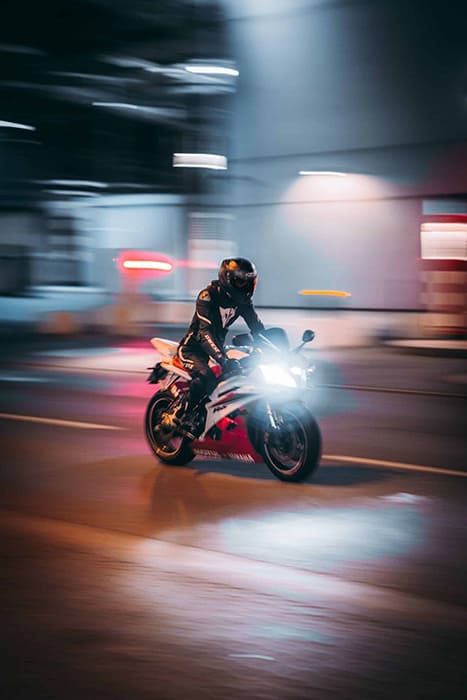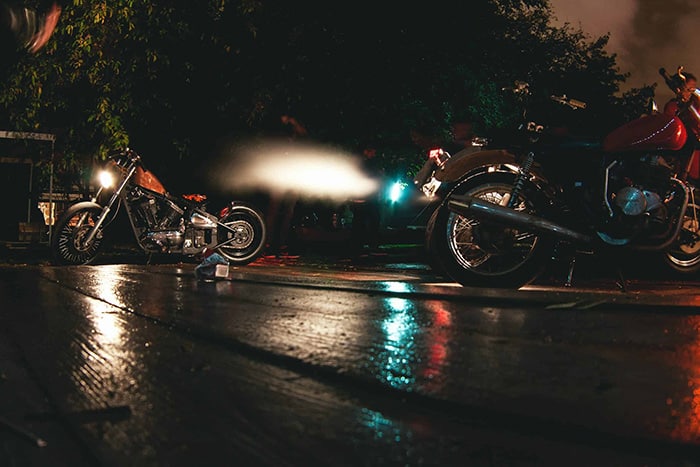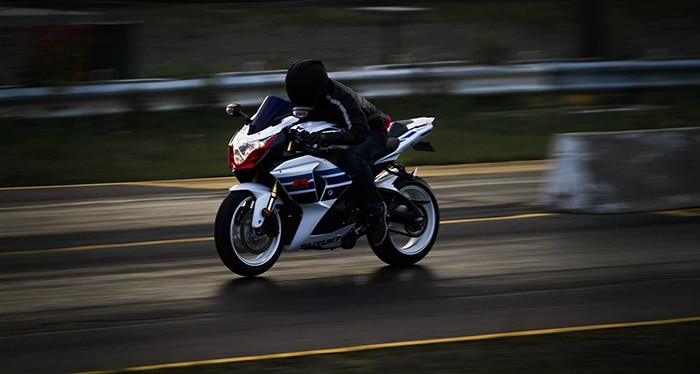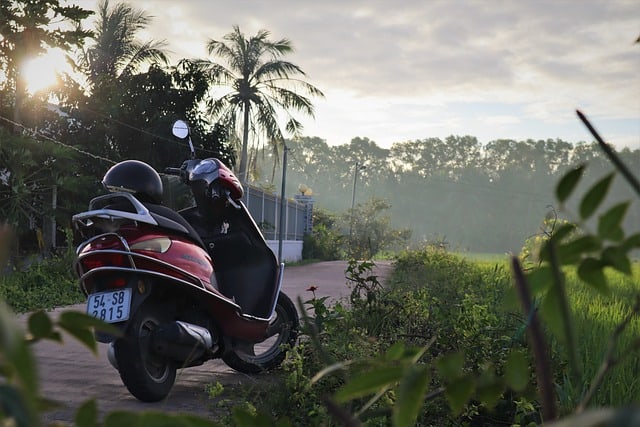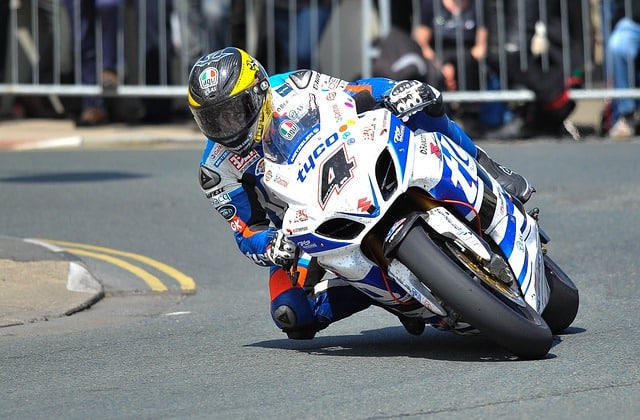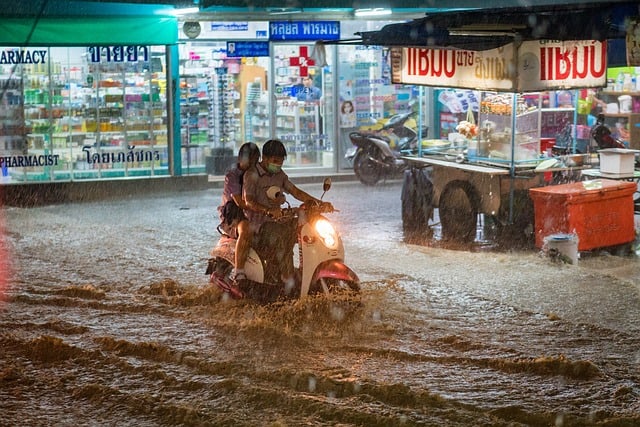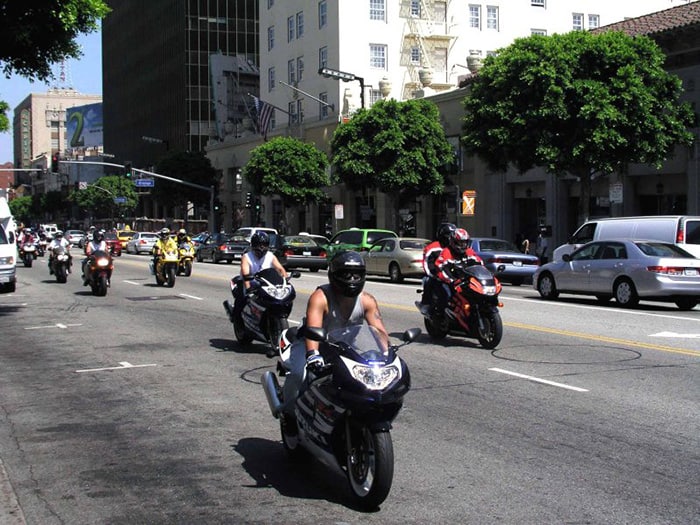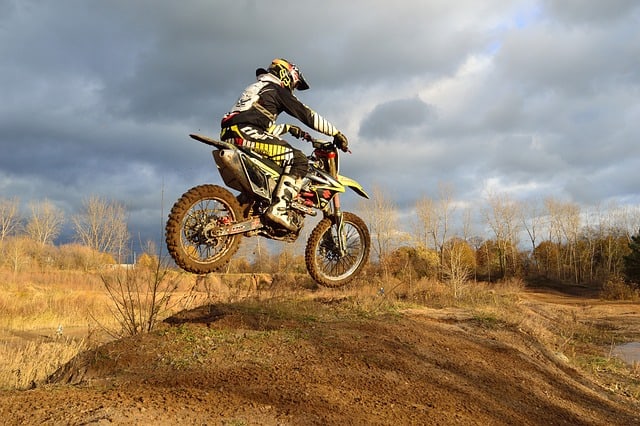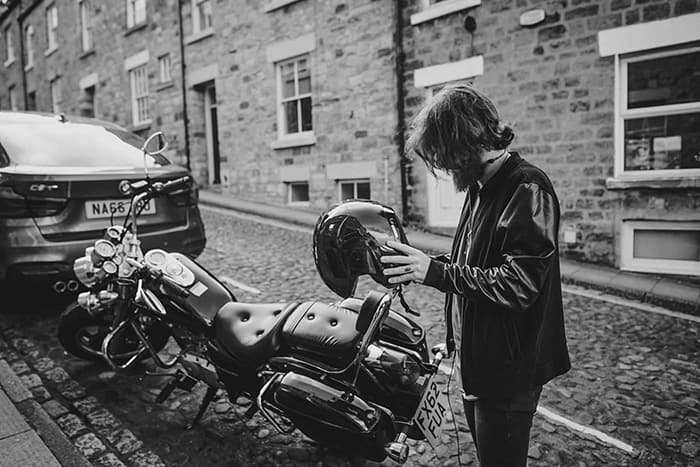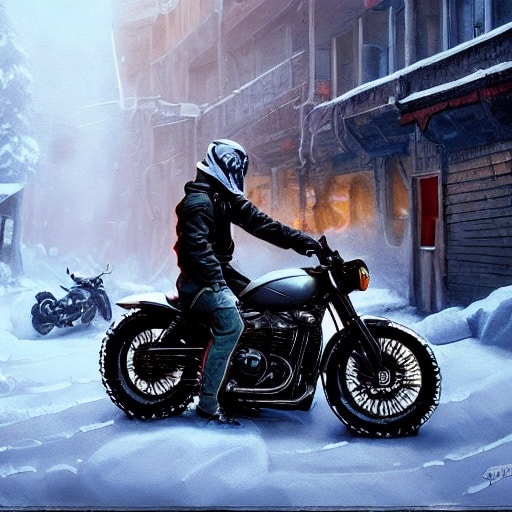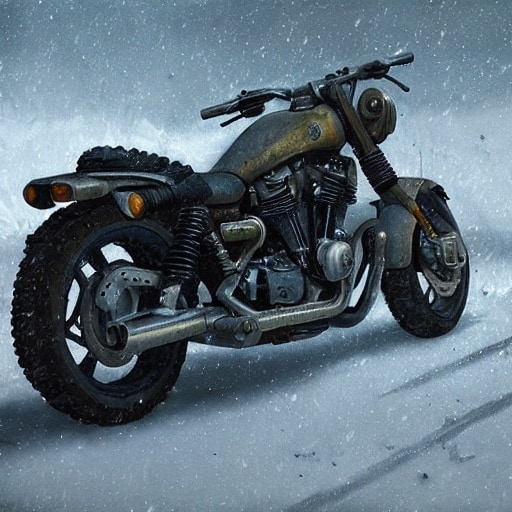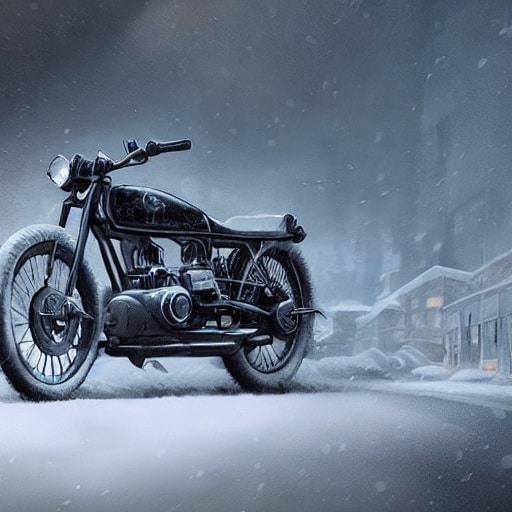Cost Comparison Between Motorcycles and Cars
Are Motorcycles Cheaper Than Cars? A Comprehensive Guide
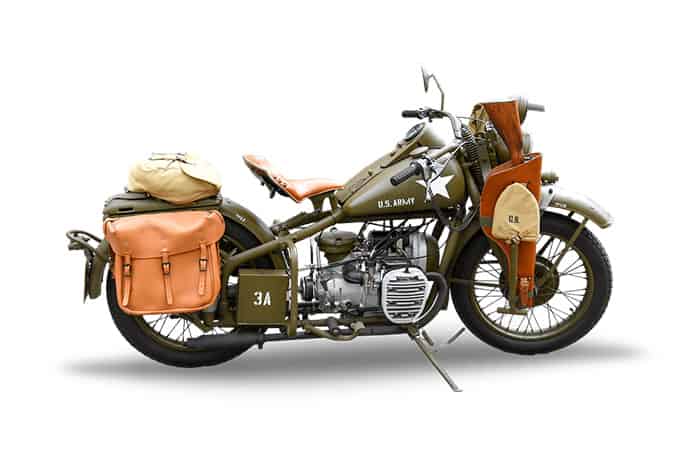
Have you been thinking about buying a motorbike or a car? You must take many things into account before you make a decision, including the expenses associated with each. This blog post will discuss the cost differences between motorcycles and cars to help you make a wiser choice.
Motorcycles and Cars
Motorcycles and cars are two of the most common means of transportation used around the world. Motorcycles are more compact and lightweight and give a more thrilling experience, while cars are larger and more dependable. Motorcycles, in general, are less costly to purchase than cars but there are numerous other elements to consider when determining which means of transport is best for you. When contrasting motorcycles and cars, the cost difference is an essential factor to consider. The cost of a motorcycle or car includes the initial cost, insurance premiums, upkeep costs, registration fees, fuel costs, and depreciation. Below, we will look at each of these factors and how they affect the cost of a motorcycle or car.
Cost Comparison Between Motorcycles and Cars

Purchasing either a car or a motorcycle involves taking into account the initial cost. Generally, motorcycles are cheaper than cars, but this varies depending on the type of vehicle. Motorcycles can vary in cost from a few hundred to multiple thousands of dollars, while cars can cost from a few thousand up to tens of thousands of dollars. The specific kind of car or motorcycle selected will also affect the cost disparity between the two. For instance, a used, small motorbike might be cheaper than a new car but brand names such as Ducati will hold their value significantly and even a used one could cost more than a car. It is important to investigate different models to find out which one is most suitable for you.
Comparing Insurance Costs
Along with the cost of buying the vehicle, the amount of insurance is another point to think about when evaluating motorcycles and cars. Generally, motorcycle insurance is cheaper however price seems to increase depending on the engine capacity of the motorbike (cc). Nonetheless, premiums may differ depending on the make and model of the vehicle and the driver’s driving record. Cubic Capacity (cc) or the capacity of the engine is a crucial aspect when assessing the insurance fee. Most insurances generally cheaper than cars if the cubic capacity of the bike is below 500cc. In some cases, insurance companies may offer discounts for drivers with a good driving record or riders who take motorcycle safety classes. Moreover, certain insurers may apply discounts when many policies are purchased together. Also fitting an alarm system either car or motorbike could make a difference in premium costs as well.
Comparing Maintenance Costs
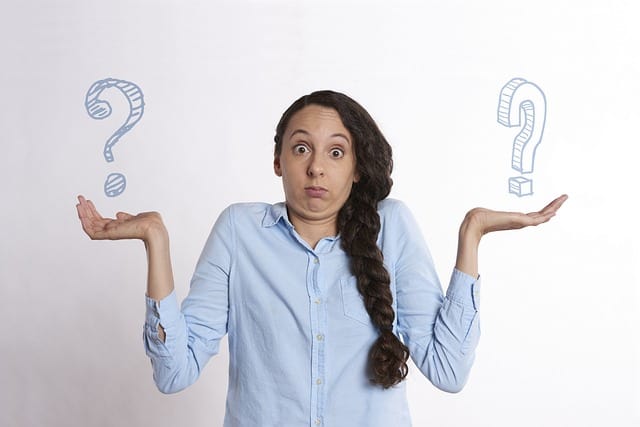
When comparing the differences between motorcycles and cars, the expense of upkeep is something to keep in mind. Generally speaking, motorcycles require more frequent upkeep than cars because they have more modest engines. Therefore the cost of routine maintenance for a motorcycle can be higher than a car. To illustrate, a motorcycle may need its oil changed every 3,000 miles in contrast to a car that may only need its oil changed every 5,000 miles. Moreover, motorcycles may require their tires to be changed more often than cars because of their diminished size and lighter weight.
Comparing Registration Fees
Typically, motorcycles carry a lower registration fee than cars as they are smaller and pose a smaller risk of harm. Nevertheless, the registration cost can vary depending on the type of vehicle. Investigating the cost of registration in your area is necessary to figure out which option is more financially practical. In addition, some states may give a discount for registering multiple vehicles together.
Comparing Fuel Costs
In general, motorbikes are more fuel-efficient than cars due to their smaller size and lighter weight. This implies that the price of fuel for a motorcycle can be less than for a car. Nevertheless, the type of fuel utilized can also alter the cost difference between motorcycles and cars. Most Super Sport bikes require high octane level of Fuel compare to normal bikes which means if we only compare a super sport bike and a car with a smaller size engine bike might be more costly. Another aspect to consider is electric bikes and cars. Electric motorcycles are gaining in popularity and offer a more affordable option for riders, at the same time electric cars are also becoming increasingly prevalent and can provide a more cost-effective solution for drivers.
Comparing Depreciation
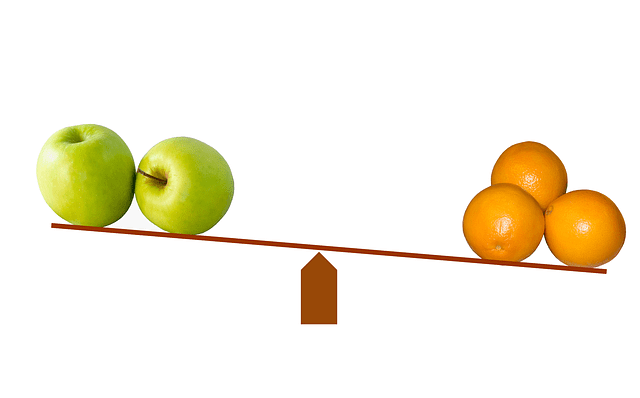
A vehicle’s value decreases as it ages and is used over time, a process known as depreciation. As a rule, motorcycles tend to lose value more quickly than cars because of their smaller size and less complicated engine. This suggests that the cost of depreciation for a motorcycle could be higher than for a car. Yet, the cost of depreciation will depend on the make and model of the vehicle and how often it is used. Therefore, it is essential to investigate the expected depreciation rate for the vehicle you are contemplating to decide which vehicle will be the most economical. Saying that it is also important to remember more branded exclusive models hold their value quite well regardless of bike or a car.
The Pros and Cons of Motorcycles and Cars
When deciding between a motorcycle and a car, it is essential to take into consideration the advantages and drawbacks of each. Despite providing a thrilling ride, motorcycles can be costly to maintain. Cars are more reliable, but they are also more expensive to buy. Furthermore, motorcycles are more fuel-efficient than cars and may be less expensive in the long run. Nevertheless, cars offer more protection in a crash and may be the better choice for certain riders. Are motorcycles cheaper than cars? The answer will depend on the make and model of the vehicle and the cost of insurance, maintenance, registration fees, fuel, and depreciation for each. It is important to research the cost difference between motorcycles and cars to make an informed decision.
Cost Comparison Between Motorcycles and Cars Read More »


